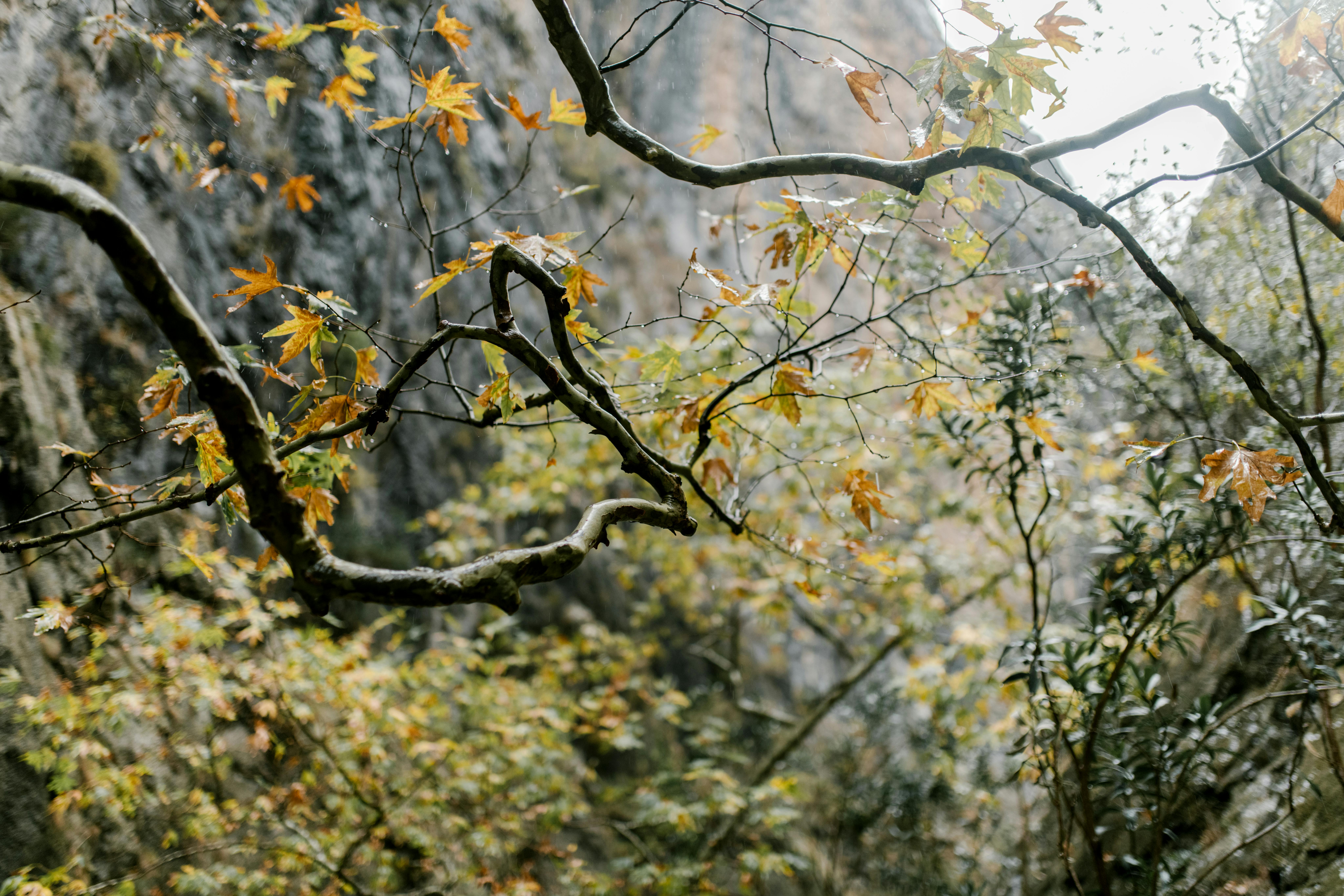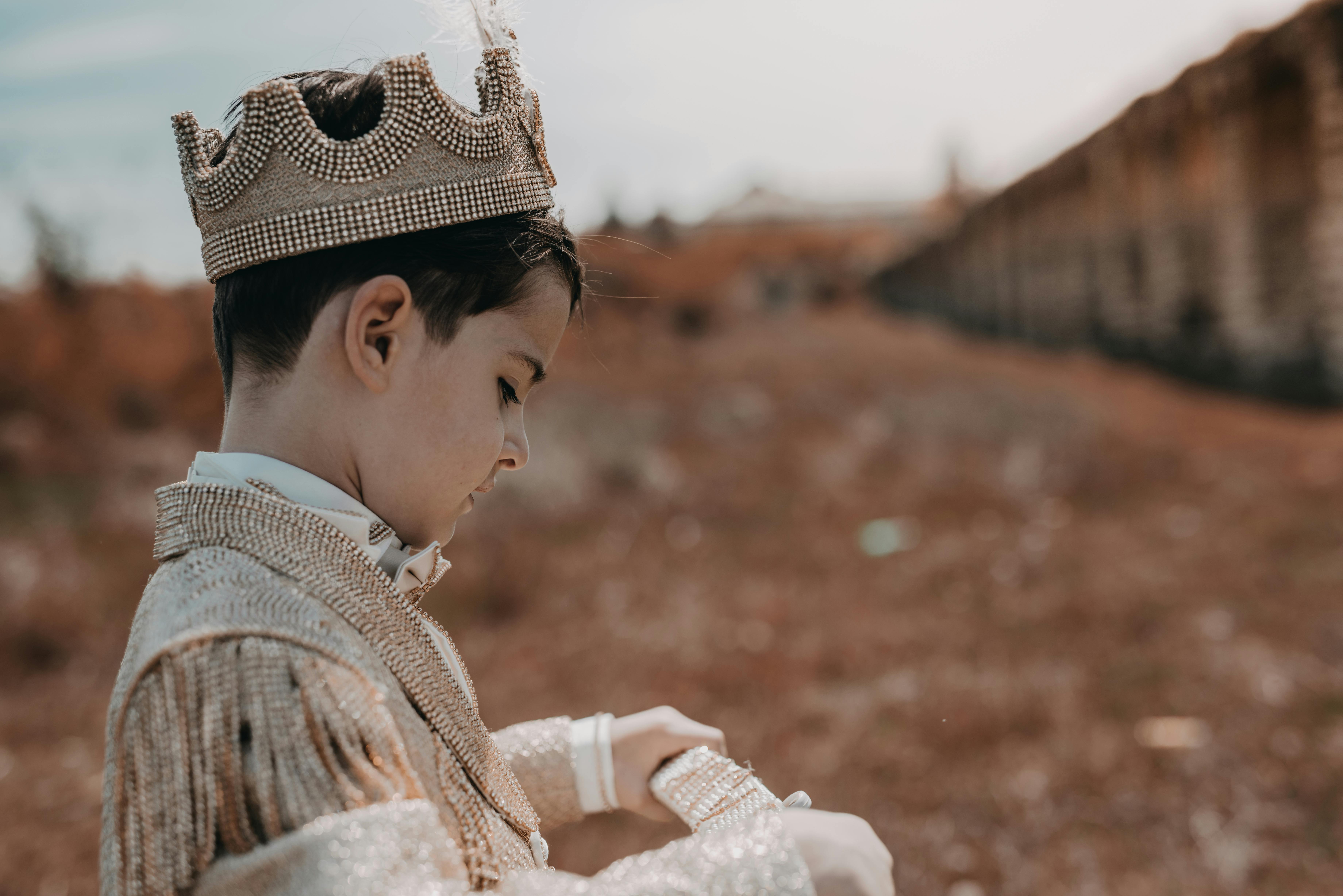Leyland Cypress and Thuja Green Giant are the most popular privacy screen trees because they are the two fastest growing evergreens, are inexpensive compared to other evergreens, and also don’t shed as many needles as pine trees do. The fast growing attribute translates into a cheaper purchase price. You’ll probably pay less for a 12ft Leyland Cypress or Thuja Green Giant than a Norway Spruce because they didn’t need to be cared for as long in growers’ care. Both varieties can grow three feet per year if properly fertilized.
One of the advantages of Thuja Green Giant trees is deer resistance. While deer don’t eat Thuja Green Giant, they don’t like Leyland Cypress very much either. Everywhere we grow Leylands we also grow Green Giants, deer are so plentiful and none of them are ever eaten. There are forests and fields nearby, it is urban deer without other food that eat these trees. They usually only harm smaller trees anyway, 6 feet tall and smaller. Another advantage of Thuja Green Giant over Leyland Cypress is that Green Giants are cold hardy through hardiness zone 5, which includes mainland New York State, Maine, Northern CT, Mass, etc. Leylands is safe through hardiness zone 6, all of Long Island, Southern Mass, CT, etc.
There are many websites available where you can enter your zip code and find your hardiness zone. If you see Leylands growing in your area, obviously that’s the answer that they are doing well in your area. One tip is that if you are at the northern limit of the growth range of any evergreen tree, it is more important that you plant it in spring because the first winter you should find it partially established or rooted. We recommend if you are located in Northern Virginia, not planting Leyland cypress trees after October 15th. Almost every year we ship a load or two after that to Long Island and they have good success, but they are not planted in November and some wind can also be expected in the Leyland cypress trees planted in late fall. Usually this is not a big deal, the following spring I like to trim the outer 2 “if that’s what has browned, apply slow release fertilizer around April 1, and they will push out new shoots and be fine. winter burning is not about the vegetation that was frozen to turn brown, it is because the tree cannot send enough moisture to support the vegetation during winter when the ground was frozen, leaving the outer edge of the vegetation colored Brown.
I do not agree with the opinion that some have that Thuja Green Giants are much less susceptible to insects and diseases. Where I have Leylands and Green Giants growing side by side, I see that Bagworms are attracted to both trees. It is true that Leyland Cypress can develop a disease called Seiridium Canker, which does not seem to attack Thuja Green Giant, as long as I have heard of Seiridium Canker only attacks extremely stressed Leyland Cypress trees, for example by planting very closely and not covering them at recommended height based on spacing. Since bagworms can be attacked by both varieties, and Leyland cypress diseases attack trees in situations of extreme stress, my opinion is that if Leyland cypress trees are planted correctly, with normal care after planting. planting, both are excellent privacy screen trees if found in zone 6 where they both thrive.



